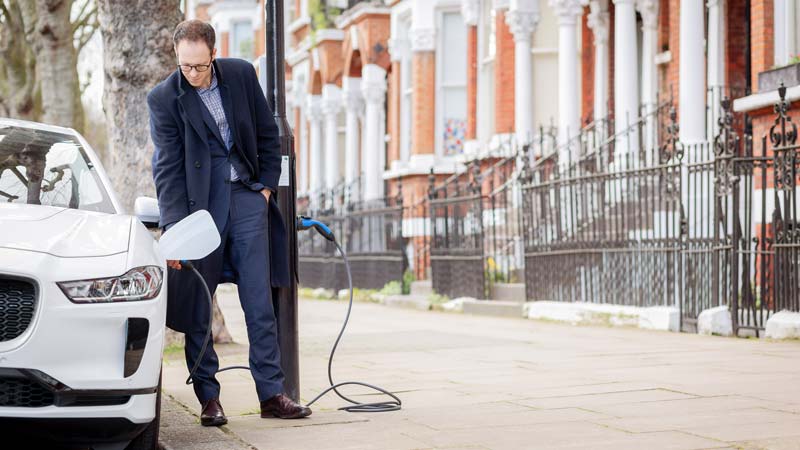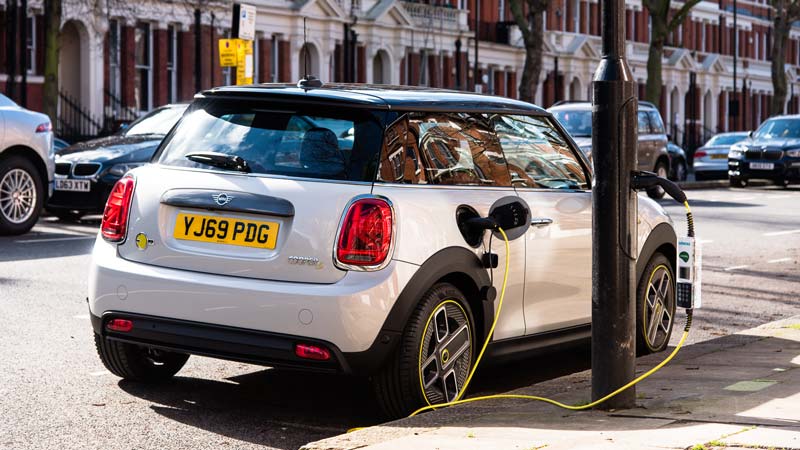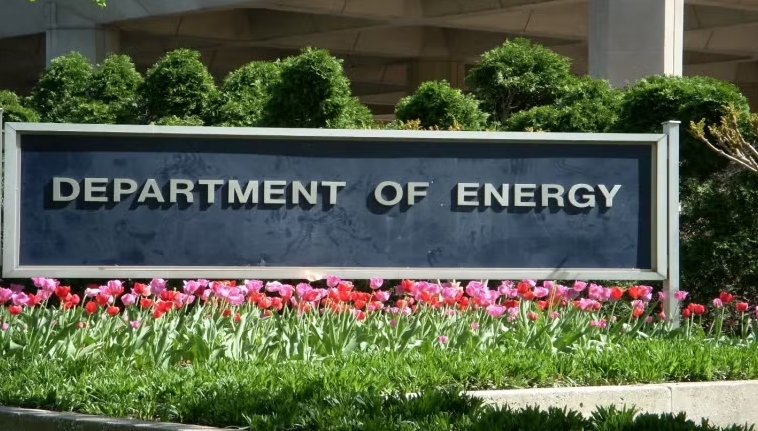In what is understood to be a first for the UK, tech giant Siemens and electric vehicle charging solutions provider ubitricity have converted all the lamp posts on a central London residential street into “hidden” electric vehicle chargers.

The street in question – the near kilometre-long Sutherland Avenue in Westminster – now has 24 converted lamp posts along the length of the avenue, bringing the number of lamp post charging points in Westminster City to almost 300.
A study conducted by Siemens shows that more than one third of Brits intend to buy an electric or plug-in hybrid vehicle and by 2050 and as many as one in two cars on UK roads will be electric.
According to Siemens, 80% of UK motorists care deeply about air quality and 83% are more concerned about their carbon footprint than in 2015. But with many people faced with lack of access to garages or driveways at which they could charge at home, two in five say they are hesitating to make the switch to electric.
Cedrik Neike, member of the board at Siemens and CEO of Siemens smart infrastructure arm says the project – which will expand into two nearby streets in coming weeks, subject to lockdown provisions – is a step in the right direction to solving London’s poor air quality scorecard.
“We know that half of London’s air pollution is caused by road transport and Westminster is a particularly busy area. While we cannot solve the challenge of air quality overnight, ‘Electric Avenue W9’ is an important showcase of what’s possible using existing city infrastructure,” said Neike in a statement.
“It illustrates how residential streets will look in the near future, and accelerates the shift to zero emission vehicles.”
“In a city that suffers from some of the worst air pollution in the country, we need to be supporting the change to green technology as much as we can,” said Cllr Andrew Smith, Westminster city council member for environment and highways in a statement.
“‘Electric Avenue, W9’ gives us a glimpse into the future of streets in Westminster, where we hope to provide the infrastructure needed for our residents to make the switch to cleaner, greener transport.”

Across London, Siemens has now installed or converted some 1,300 charging points, funded in part by the city’s Go Ultra Low Cities Scheme.
The number is in stark contrast to the perception of Londoners who Siemens says on average think there only 100-200 charging points in the UK capital.
A massive benefit of the lamp post project – one that could be useful in many city street scapes where residents cannot access at-home charging – is to provide a charging alternative without having an impact on the streetscape.
And it is also a low cost approach to increasing the number of charging points, says Daniel Bentham, managing director of ubitricity UK which partnered with Siemens in the conversion project.
“Lamppost charging gives people without driveways a very convenient, low cost, renewable, energy-friendly way to charge their EVs. Cars spend 95 per cent of their lives idle, so it makes sense to charge them while the driver is doing something else, like sleeping or working,” Bentham said in a statement.
“Our technology is designed to keep installation and maintenance costs low, which translates to long-term low costs for EV drivers and councils.”







